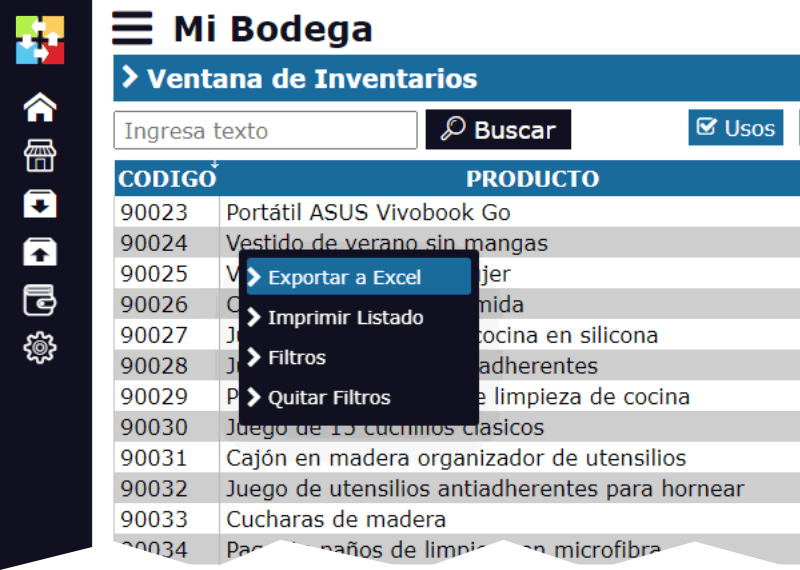Kardex on Slave Ships: Control of "human cargo" in transatlantic traffic.
The transatlantic slave trade is one of the darkest chapters in human history. For centuries, millions of people were kidnapped, sold, and transported in inhumane conditions across the Atlantic to be exploited as slaves in European colonies in America. In this article, we will explore how the Kardex system was used on slave ships to control the "human cargo" during this transatlantic trade.

What is Kardex?
Kardex is a filing and inventory control system that was originally used in the manufacturing industry to record and track the production of goods. However, in the context of the transatlantic slave trade, Kardex was used to record and control the "human cargo" on board slave ships.
Kardex on slave ships
On slave ships, Kardex was used to record information about each slave, including their name, age, sex, nationality, and physical condition. This information was used to evaluate the value of each slave and determine their destination in European colonies in America.
Kardex was also used to record the number of slaves on board the ship, as well as the number of deaths and illnesses that occurred during the journey. This information was used to calculate the profitability of the voyage and determine the number of slaves needed to cover losses.
The importance of Kardex in the transatlantic slave trade

Kardex was a key instrument in the transatlantic slave trade, as it allowed slave traders to control and manage the "human cargo" efficiently. Kardex allowed them to evaluate the value of each slave, determine their destination, and calculate the profitability of the voyage.
In addition, Kardex was also used to justify the slave trade to authorities and investors. Slave traders used Kardex to demonstrate that the slave trade was a profitable business and that the "human cargo" was a valuable commodity.
Consequences of using Kardex in the transatlantic slave trade
The use of Kardex in the transatlantic slave trade had devastating consequences for enslaved people. Kardex allowed slave traders to treat slaves as commodities, without considering their human dignity or well-being.
In addition, Kardex also contributed to the perpetuation of the slave trade, as it allowed slave traders to justify their business to authorities and investors.
Conclusions
Kardex was a key instrument in the transatlantic slave trade, as it allowed slave traders to control and manage the "human cargo" efficiently. However, the use of Kardex in this context had devastating consequences for enslaved people and contributed to the perpetuation of the slave trade.
It is important to remember the history of the transatlantic slave trade and the role that Kardex played in this context, so that we can learn from the mistakes of the past and work towards a more just and equitable future for all.
Sources: *- Thomas, Hugh. "The Slave Trade". Critical Publishing, 1998.
- Walvin, James. "Atlantic Slavery". Critical Publishing, 2006.
- Equiano, Olaudah. "The Interesting Narrative of the Life of Olaudah Equiano". University of California Press, 2001.





